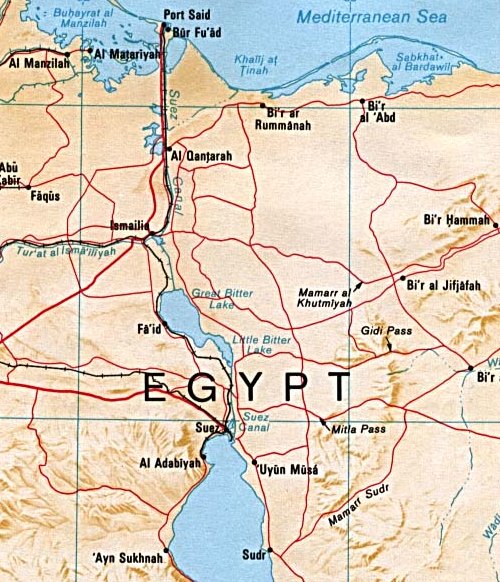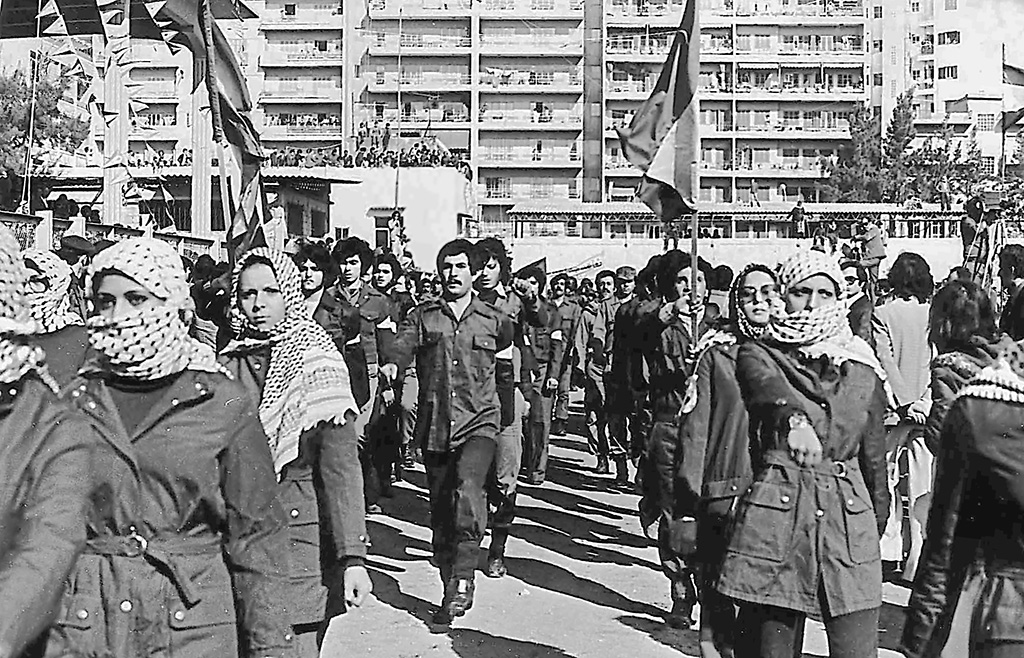|
Neve Ur
Neve Ur ( he, נְוֵה אוּר, lit. ''Oasis Ur'') is a kibbutz in northern Israel. Located in the Beit She'an Valley on the Jordan River and to the south of the Sea of Galilee, it falls under the jurisdiction of Valley of Springs Regional Council. In it had a population of . It is named after the Biblical town of Ur Kasdim in Mesopotamia, where Abraham lived, before he left for the land of Israel (Canaan) (). Geography Neve Ur is located in the northern Jordan Valley in the Beit She'an region approximately 10 km north of the town of Beit She'an, and 15 km south of the Sea of Galilee. Highway 90 runs through the Beit She'an Valley past Neve Ur. The kibbutz and its building lay to the east of the road. On the west side of the highway, and some 500 meters above, overlooking its hillside citrus groves, is the most complete Crusader fortress in Israel, Belvoir Fortress. The Hebrew name of the fortress is Kokhav HaYarden (lit. ''Star of the Jordan''), for the nearby ancient Je ... [...More Info...] [...Related Items...] OR: [Wikipedia] [Google] [Baidu] |
Iraqi Jews
The history of the Jews in Iraq ( he, יְהוּדִים בָּבְלִים, ', ; ar, اليهود العراقيون, ) is documented from the time of the Babylonian captivity c. 586 BC. Iraqi Jews constitute one of the world's oldest and most historically significant Jewish communities. The Jewish community of what is termed in Jewish sources "Babylon" or "Babylonia" included Ezra the scribe, whose return to Judea in the late 6th century BCE is associated with significant changes in Jewish ritual observance and the rebuilding of the Temple in Jerusalem. The Babylonian Talmud was compiled in "Babylonia", identified with modern Iraq. From the biblical Babylonian period to the rise of the Islamic caliphate, the Jewish community of "Babylon" thrived as the center of Jewish learning. The Mongol invasion and Islamic discrimination in the Middle Ages led to its decline. Under the Ottoman Empire, the Jews of Iraq fared better. The community established modern schools in the second ... [...More Info...] [...Related Items...] OR: [Wikipedia] [Google] [Baidu] |
Israel Nature And National Parks Protection Authority
The Israel Nature and Parks Authority ( he, רשות הטבע והגנים ''Rashut Hateva Vehaganim''; ar, سلطة الطبيعة والحدائق) is an Israeli government organization that manages nature reserves and national parks in Israel, the Golan Heights and parts of the West Bank. The organization was founded in April 1998, merging two organizations (The National Parks Authority and the Nature Reserves Authority) that had managed the nature reserves and national parks separately since 1964. The director of the Authority is Shaul Goldstein.Israel Declares Five New National Parks and Nature Reserves Haaretz. Zafrir Rinat. 27/06/17. Retrieved 16/05/18 The symbol of the Israel Nature and Parks Authority is ... [...More Info...] [...Related Items...] OR: [Wikipedia] [Google] [Baidu] |
Egor Koulechov
Egor Koulechov ( he, איגור קולשוב, russian: Егор Кулешов; born November 5, 1994) is an Israeli-Russian professional basketball player for Hapoel Be'er Sheva B.C., Hapoel Be'er Sheva of the Israeli Basketball Premier League. He played college basketball for Arizona State Sun Devils men's basketball, Arizona State, Rice Owls men's basketball, Rice, and Florida Gators men's basketball, Florida before playing professionally in Israel. Standing at , he plays at the shooting guard and the small forward positions. Early life Koulechov was born in Volgograd, Russia, and is Jewish. Koulechov lived his first 6 years in Russia before growing up in Neve Ur, Kibbutz Neve Ur, Israel. He played for Maccabi Rishon LeZion (basketball), Maccabi Rishon LeZion youth team and Wingate Institute, Wingate Institute Academy. In 2011, Koulechov moved to the United States, where he enrolled at Sagemont School, Sagemont in Weston, Florida, and played for the basketball team in the 2011 ... [...More Info...] [...Related Items...] OR: [Wikipedia] [Google] [Baidu] |
Pomelo
The pomelo ( ), ''Citrus maxima'', is the largest citrus fruit from the family Rutaceae and the principal ancestor of the grapefruit. It is a natural, non-hybrid, citrus fruit, native to Southeast Asia. Similar in taste to a sweet grapefruit, the pomelo is commonly consumed and used for festive occasions throughout Southeast Asia. As with the grapefruit, phytochemicals in the pomelo have the potential for drug interactions. Etymology and common names According to the Oxford English Dictionary, the etymology of the word "pomelo" is uncertain. It may be derived from Dutch ''pompelmoes''. Its botanical name, ''Citrus maxima'', means "the biggest citrus". In English, the word "pomelo" (also spelled pummelo, pumelo, pomello, pommelo) has become the more common name, although "pomelo" has historically been used for grapefruit. After introduction to Barbados by 'Captain Shaddock' of the East India Company (apparently Philip Chaddock, who visited the island in the late 1640s), ... [...More Info...] [...Related Items...] OR: [Wikipedia] [Google] [Baidu] |
War Of Attrition
The War of Attrition ( ar, حرب الاستنزاف, Ḥarb al-Istinzāf; he, מלחמת ההתשה, Milhemet haHatashah) involved fighting between Israel and Egypt, Jordan, the Palestine Liberation Organisation (PLO) and their allies from 1967 to 1970. Following the 1967 Six-Day War, no serious diplomatic efforts tried to resolve the issues at the heart of the Arab–Israeli conflict. The 1967 Arab League summit formulated in September the " three no's" policy: barring peace, recognition or negotiations with Israel. The Egyptian President Gamal Abdel Nasser believed that only military initiative would compel Israel or the international community to facilitate a full Israeli withdrawal from Sinai, and hostilities soon resumed along the Suez Canal. These initially took the form of limited artillery duels and small-scale incursions into Sinai, but by 1969, the Egyptian Army judged itself prepared for larger-scale operations. On March 8, 1969, Nasser proclaimed the official ... [...More Info...] [...Related Items...] OR: [Wikipedia] [Google] [Baidu] |
Palestinian Fedayeen
Palestinian fedayeen (from the Arabic ''fidā'ī'', plural ''fidā'iyūn'', فدائيون) are militants or guerrillas of a nationalist orientation from among the Palestinian people. Most Palestinians consider the fedayeen to be " freedom fighters", while most Israelis consider them to be "terrorists". Considered symbols of the Palestinian national movement, the Palestinian fedayeen drew inspiration from guerrilla movements in Vietnam, China, Algeria and Latin America. The ideology of the Palestinian fedayeen was mainly left-wing nationalist, socialist or communist, and their proclaimed purpose was to defeat Zionism, claim Palestine and establish it as "a secular, democratic, nonsectarian state". The meaning of secular, democratic and non-sectarian, however, greatly diverged among fedayeen factions. Emerging from among the Palestinian refugees who fled or were expelled from their villages as a result of the 1948 Arab–Israeli War,Almog, 2003, p. 20. in the mid-1950s the fe ... [...More Info...] [...Related Items...] OR: [Wikipedia] [Google] [Baidu] |
Natufian
The Natufian culture () is a Late Epipaleolithic archaeological culture of the Levant, dating to around 15,000 to 11,500 years ago. The culture was unusual in that it supported a sedentary or semi-sedentary population even before the introduction of agriculture. The Natufian communities may be the ancestors of the builders of the first Neolithic settlements of the region, which may have been the earliest in the world. Some evidence suggests deliberate cultivation of cereals, specifically rye, by the Natufian culture, at Tell Abu Hureyra, the site of earliest evidence of agriculture in the world. The world's oldest known evidence of the production of bread-like foodstuff has been found at Shubayqa 1, a 14,400-year-old site in Jordan's northeastern desert, 4,000 years before the emergence of agriculture in Southwest Asia In addition, the oldest known evidence of possible beer-brewing, dating to approximately 13,000 BP, was found at the Raqefet Cave in Mount Carmel near Haifa in I ... [...More Info...] [...Related Items...] OR: [Wikipedia] [Google] [Baidu] |
Mesolithic
The Mesolithic (Greek: μέσος, ''mesos'' 'middle' + λίθος, ''lithos'' 'stone') or Middle Stone Age is the Old World archaeological period between the Upper Paleolithic and the Neolithic. The term Epipaleolithic is often used synonymously, especially for outside northern Europe, and for the corresponding period in the Levant and Caucasus. The Mesolithic has different time spans in different parts of Eurasia. It refers to the final period of hunter-gatherer cultures in Europe and Western Asia, between the end of the Last Glacial Maximum and the Neolithic Revolution. In Europe it spans roughly 15,000 to 5,000 BP; in Southwest Asia (the Epipalaeolithic Near East) roughly 20,000 to 10,000 BP. The term is less used of areas farther east, and not at all beyond Eurasia and North Africa. The type of culture associated with the Mesolithic varies between areas, but it is associated with a decline in the group hunting of large animals in favour of a broader hunter-g ... [...More Info...] [...Related Items...] OR: [Wikipedia] [Google] [Baidu] |
The Times Of Israel
''The Times of Israel'' is an Israeli multi-language online newspaper that was launched in 2012. It was co-founded by Israeli journalist David Horovitz, who is also the founding editor, and American billionaire investor Seth Klarman.Forbes: The World's Billionaires: Seth Klarman April 2014 Based in , it "documents developments in Israel, the Middle East and around the ." Along with its original English site, ''The Times of Israel'' publishes in |
Shoshana Arbeli-Almozlino
Shoshana Arbeli-Almozlino ( he, שושנה ארבלי-אלמוזלינו, 26 January 1926 – 12 June 2015) was an Israeli politician who served as a member of the Knesset for the Labor Party and the Alignment alliance from 1965 until 1992. She was also Minister of Health between 1986 and 1988. Biography Born Shoshana Arbeli in Mosul, Iraq, she was one of six children of the merchant Shmuel Binyamin Arbili (or Arbeli) and his wife Safra. She was an activist with the underground HeHalutz movement, for which she was jailed.Former minister Shoshana Arbeli-Almoslino dies aged 89 ''The Times of Israel'', 12 June 2015 Having originally studied to be a teacher, she made |
History Of The Jews In Iraq
The history of the Jews in Iraq ( he, יְהוּדִים בָּבְלִים, ', ; ar, اليهود العراقيون, ) is documented from the time of the Babylonian captivity c. 586 BC. Iraqi Jews constitute one of the world's oldest and most historically significant Jewish communities. The Jewish community of what is termed in Jewish sources "Babylon" or "Babylonia" included Ezra the scribe, whose return to Judea in the late 6th century BCE is associated with significant changes in Jewish ritual observance and the rebuilding of the Temple in Jerusalem. The Babylonian Talmud was compiled in "Babylonia", identified with modern Iraq. From the biblical Babylonian period to the rise of the Islamic caliphate, the Jewish community of "Babylon" thrived as the center of Jewish learning. The Mongol invasion and Islamic discrimination in the Middle Ages led to its decline. Under the Ottoman Empire, the Jews of Iraq fared better. The community established modern schools in the second ... [...More Info...] [...Related Items...] OR: [Wikipedia] [Google] [Baidu] |


_001.jpg)


_1928_Natufian_culture_discovery.jpg)

